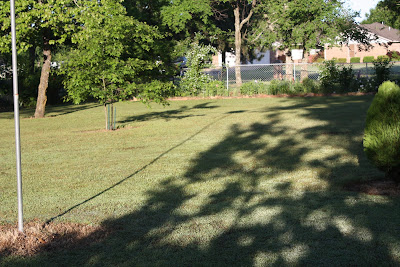My Salvia moorcroftiana or Sclera or Turkestanica or or eigii or Vatican Clary Sage or pachyphylla

This biennial Salvia has more names than an often married member of a royal family. It's taken considerable research to identify this beauty because it has so many names. First and best reference, of course is The New Book of Salvias by Betsy Clebsch. Clebsch's exacting description and photo helped identify the leaves. However, Clebsch's original Salvia book, A Book of Salvias: Sages for Every Garden, identifies a plant that looks just like it as Salvia eigii. But an Internet trip to Robins Salvias Gallery clarified that - it's not eigii. And then, look at the photos at Dave's Garden where it is called pachyphylla. Salvia moorcroftiana Wallich ex Bentham, according to Clebsch, is a robust perennial found throughout Pakistan and is especially common in the Kashmir valley. But then the leaves of vitifolia are identical, too. My hope is that it becomes a perennial that spreads by rhizome, seed, whatever. It's too glorious to have only one summer...whatever its n...













